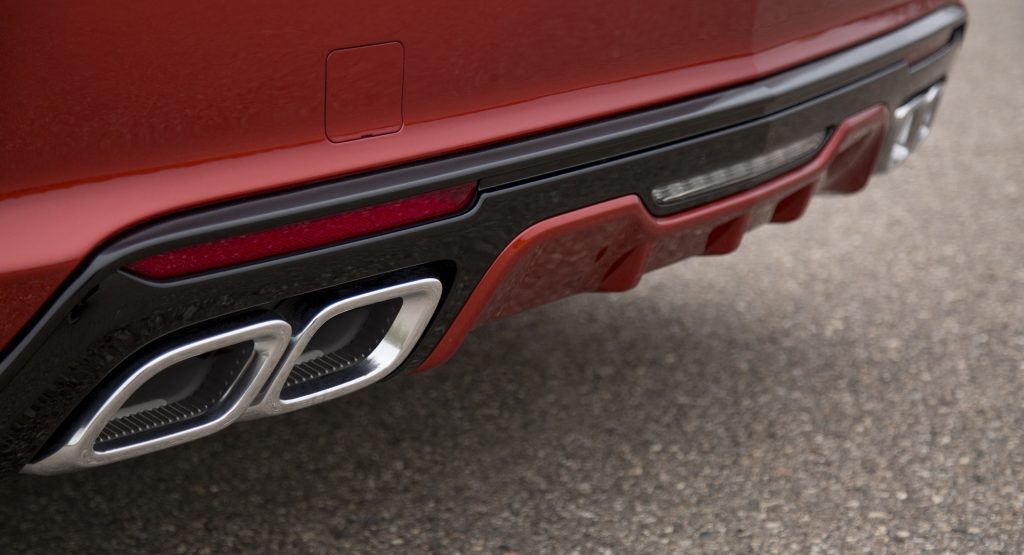The attorneys general of 21 states and the District of Columbia, as well as several major U.S. cities, have signed a letter urging the Biden administration and the Environmental Protection Agency to toughen fuel economy rules.
In August, the EPA said it would make fuel economy requirements rise faster than they had under the Trump administration. Those rules, both the Trump-era and the more recent Biden-administration rules, are weaker than emissions standards set by the Obama administration.
Indeed, the EPA’s most recent plan will see fuel efficiency increase 10 percent for the 2023 model year and will aim for fleet average economy of 52 mpg by 2026. The signatories to this letter, though, feel that these rules aren’t tough enough, reports Reuters.
Read Also: EPA Calls For New Vehicles To Get 52 MPGe For The 2026 Model Year
“There is no need to wait to require further deployment of these technologies or to delay the massive economic and public health benefits of reducing these emissions,” wrote the state attorneys general. “EPA must begin now to address the devastating risks of climate change and the on-going harms facing communities.”
The letter was led by California, which was joined by New York, Illinois, Maryland, Massachusetts, New Jersey, Pennsylvania, and others.
The EPA predicts that its standards will cost consumers $150-$240 billion in higher vehicle costs through 2025, but will save drivers $120-$250 billion in fuel costs. If you include the improvements to public health and the reduced pollution, though, Americans will see a net benefit of $86-$140 billion.
The rules will save nearly 10 percent in gas consumption by 2050, per the EPA. That’s an improvement over the 500,000 barrels per day that the Trump-era rules would have added to U.S. oil consumption. That’s too low a standard to compare itself to, according to the states’ attornies general.
According to the American Council for an Energy-Efficient Economy (ACEEE), the EPA’s current rules will only require an EV market share of 8 percent by the 2026 model year, which its analysis finds is too low to meet Biden’s EV goals of 50 percent by 2030.






